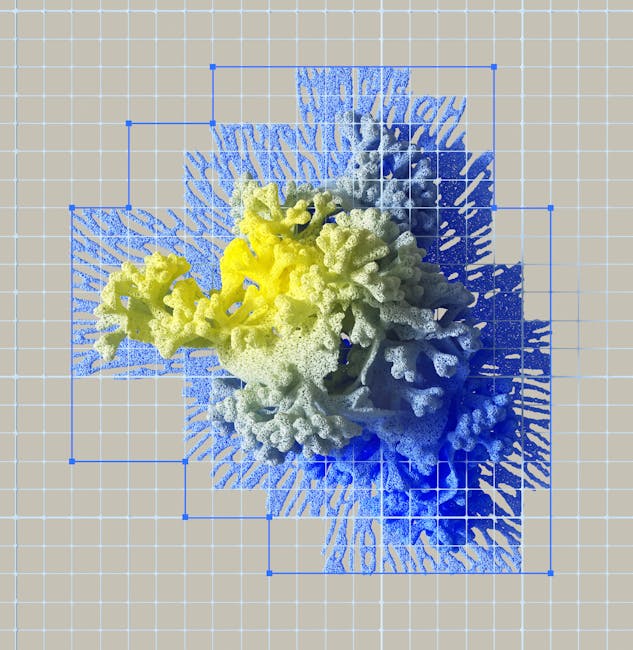
Ethical Challenges in Deception Detection
Deception detection has become an increasingly important field in a variety of contexts, from law enforcement to corporate settings. As technology advances, the methods for detecting deception have become more sophisticated. However, this progress brings with it a host of ethical challenges that must be carefully navigated. In this blog post, we will explore these ethical challenges, discuss their implications, and offer actionable tips for maintaining ethical standards in deception detection practices.
Understanding Deception Detection
Deception detection involves identifying when an individual is lying or being dishonest. Techniques range from traditional methods like polygraph tests to advanced technologies such as facial recognition and AI-driven behavioral analysis. While these methods can be highly effective, they also raise significant ethical concerns.
The Importance of Ethics in Deception Detection
Ethics play a crucial role in deception detection, as the methods used can have profound implications for individuals and society. Ensuring that deception detection practices are ethical is vital to maintaining trust, protecting privacy, and avoiding potential harm.
Privacy Concerns
One of the primary ethical challenges in deception detection is the invasion of privacy. Techniques such as polygraph tests and facial recognition can be highly intrusive, potentially violating individuals’ rights to privacy. For example, dd a study by the American Psychological Association found that 70% of people are uncomfortable with the use of facial recognition technology in public spaces. This discomfort stems from concerns about how the data is collected, stored, and used.
Accuracy and Reliability
Another ethical issue is the accuracy and reliability of deception detection methods. No method is foolproof, and false positives or negatives can have serious consequences. For instance, a false positive result in a polygraph test could lead to an innocent person being unjustly accused or even convicted. Conversely, a false negative could allow a guilty person to evade justice. Ensuring the accuracy and reliability of these methods is essential to uphold ethical standards.
Bias and Discrimination
Deception detection technologies can also be prone to bias and discrimination. AI-driven tools, in particular, can inadvertently reflect the biases present in their training data. This can result in discriminatory outcomes, such as disproportionately targeting certain racial or ethnic groups. A study by MIT Media Lab found that facial recognition systems had a higher error rate for people with darker skin tones, highlighting the potential for bias in these technologies.
Real-World Examples
To better understand the ethical challenges in deception detection, let’s look at some real-world examples:
Law Enforcement
In law enforcement, deception detection methods are often used during interrogations and investigations. While these techniques can help solve crimes, they can also lead to ethical dilemmas. For example, the use of polygraph tests has been criticized for its potential to produce false positives, leading to wrongful convictions. Additionally, the use of AI-driven facial recognition in surveillance has raised concerns about privacy and the potential for abuse.
Corporate Settings
In the corporate world, deception detection tools are sometimes used in hiring processes and employee evaluations. However, these practices can be ethically problematic. For instance, using AI to analyze candidates’ facial expressions during interviews can lead to biased decisions and invade candidates’ privacy. Moreover, employees may feel that their privacy is being violated if they are constantly monitored for signs of deception.
Actionable Tips for Ethical Deception Detection
To navigate the ethical challenges in deception detection, consider the following actionable tips:
Transparency
Ensure that individuals are fully informed about the methods being used to detect deception and the purpose behind them. Transparency helps build trust and allows individuals to make informed decisions about their participation.
Consent
Obtain explicit consent from individuals before subjecting them to deception detection methods. This includes informing them about the potential risks and implications of the techniques being used.
Accuracy and Validation
Regularly test and validate deception detection methods to ensure their accuracy and reliability. Implementing rigorous validation processes can help minimize the risk of false positives and negatives.
Bias Mitigation
Work to identify and mitigate biases in deception detection technologies. This can involve using diverse training data and regularly auditing systems for discriminatory patterns.
Privacy Protection
Implement strict data privacy measures to protect individuals’ information. This includes secure storage, limited access, and clear policies on data usage and retention.
Conclusion
Deception detection is a powerful tool with the potential to uncover the truth and prevent harm. However, it also presents significant ethical challenges that must be carefully managed. By prioritizing transparency, consent, accuracy, bias mitigation, and privacy protection, we can navigate these challenges and ensure that deception detection practices are both effective and ethical. As technology continues to evolve, it is crucial to remain vigilant and committed to upholding ethical standards in all aspects of deception detection.
